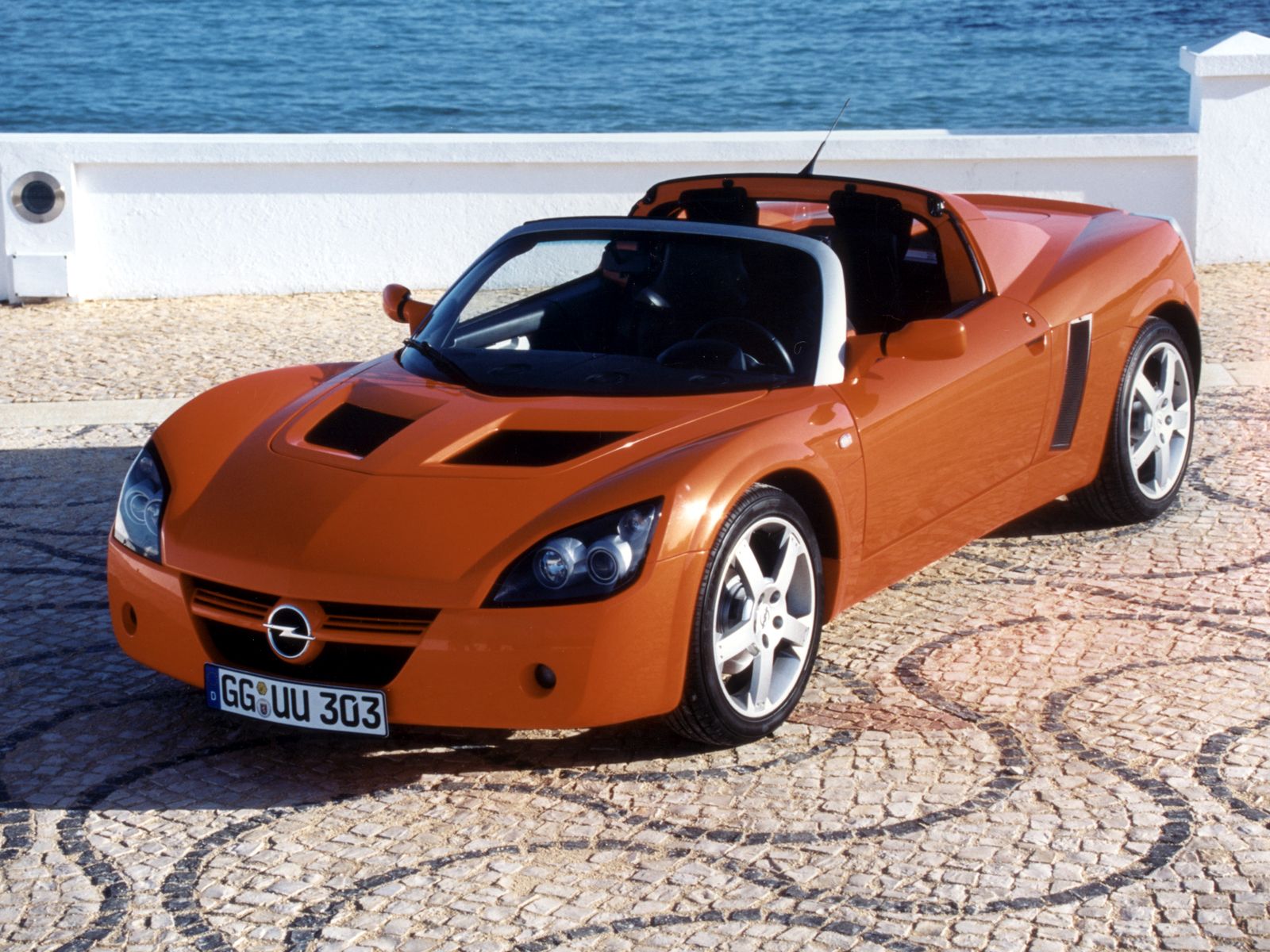
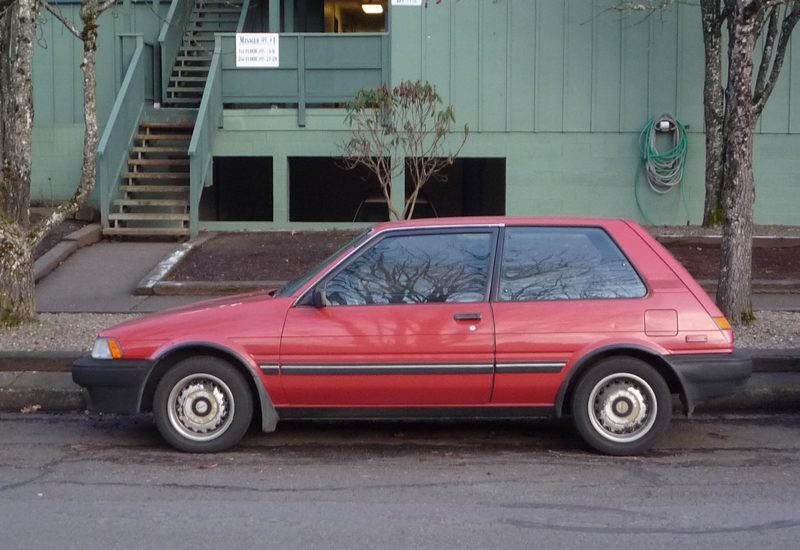
Your picture is broken.Daihatsu Materia:
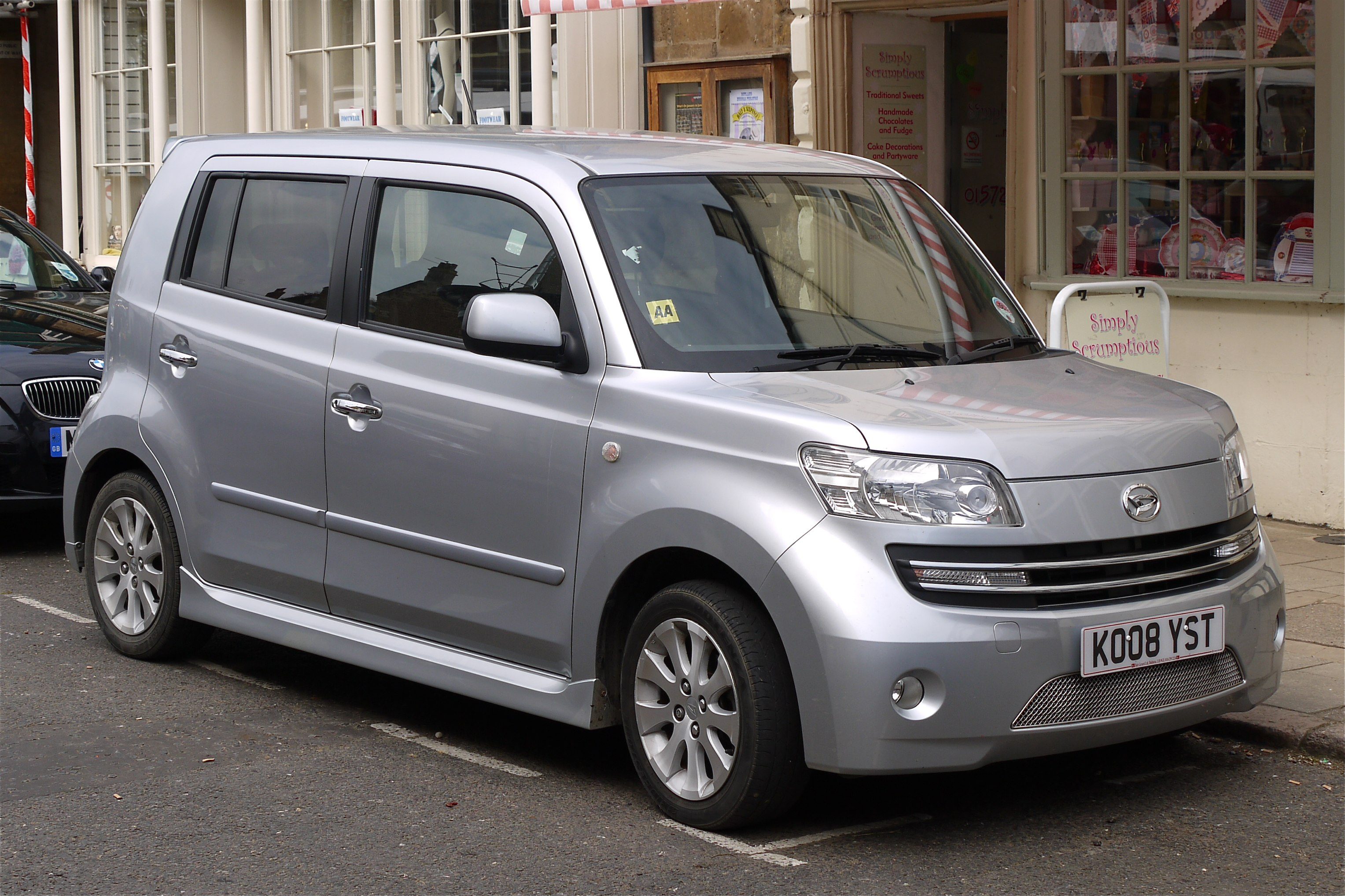
A rebadged Toyota bB. Completely unmemorable. I wasn't even aware that Daihatsu had shut down their sales network in Europe.
It is if they were trying to sell them as legitimate luxury cars.Yes, no one was fooled that the E-Class/NYer/Caravelle/600 was a stretched K-Car. But thats not a bad thing
Exceeding half of that would have been nice for the entry level version of your "luxury" car.Powertrain does matter in opulent cars, but it matters more today than it did 30 years ago. Back then, everyone knew they couldn't buy an American luxury car that exceeds 200 horsepower.
It's not bragging. It's acknowledging the fact that Chrysler didn't have the engine variety or depth that that General Motors had in the same time period. That's not their fault, since GM lost even bigger when it came to predicting gas prices, but that doesn't mean all is well when they are trying to sell luxury cars.Saying that a Cimarron got a V6 and an E-Class did not isn't even bragging.
If turbos would always win over V6s, particularly the early 2.2L K turbos, Chrysler wouldn't have been so desperate to get V6s that they resorted to buying them from Mitsubishi while they were working on their own to replace it. If the turbo always wins, they wouldn't have immediately started getting outsold as soon as V6 options started appearing in K-Bodies.All K models received a 2.6L turbocharged engine, and given the choice of a turbo 4 or a V6, the turbo would always win
It produced a good amount of power for the time. They were also very laggy in the early years, and not particularly reliable compared to the regular versions of the engine. Fine for a 5-Speed Daytona or Shadow. Not so much for the 3 speed Grand Caravan, or New Yorker.It produced a good amount of power, was reliable, and better for the environment, which as we all know was a big concern of the 80's.
I never did say that. You'd have to be stupid to pay twice Cavalier money to buy a Cimarron in the early years, and even after the restyle it was too obviously similar even though it had a lot of standard stuff the Cavalier couldn't have. The E-Class, in comparison, was obviously a Dodge 600 with a different badge, but it cost about the same as well.But don't even try to say that the Cimarron was a better buy than the E-Class.
For someone who has been so passionately talking up Chrysler's engineering output in the 1980s, you're out of your god damned mind. Most, not all mind you, but most of Chrysler's line up in the 1980s were very mildly worked over Dodge models with very mildly worked over prices. In the 1980s Chrysler sold literally rebadged versions of the Daytona and Starion as Chryslers. The LeBaron base model didn't even come with an automatic, and could be bought without a radio. The E-Class was a Dodge 600, and the base models were nearly as skinflint grade as the 600 was. They had less differentiation than a 2001 Mercury Sable would from a 2001 Ford Taurus.Every Chrysler of the 80's, regardless of shape, size, and popularity, was a luxury car.
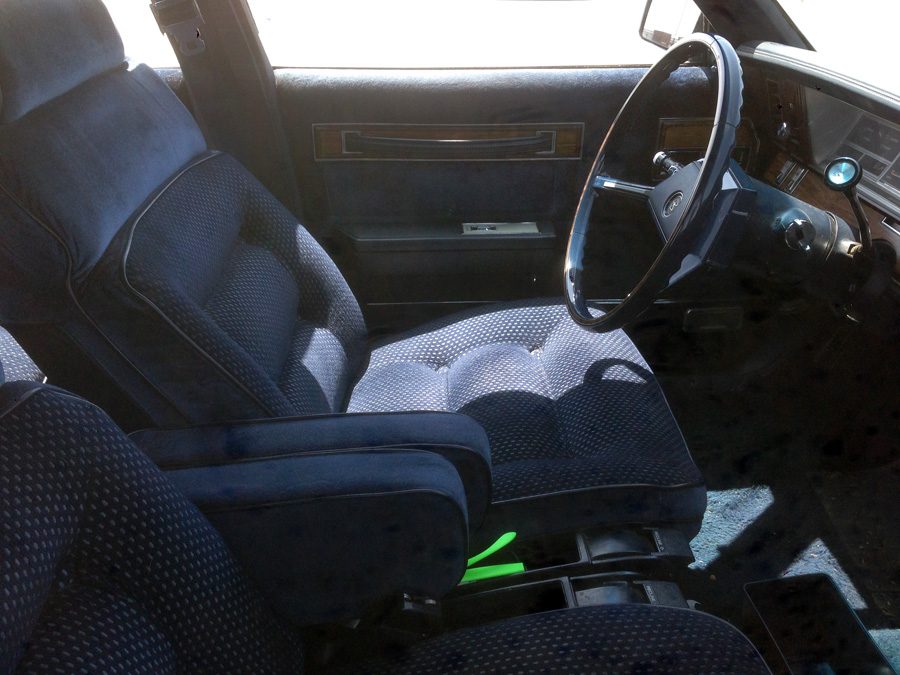
It is if they were trying to sell them as legitimate luxury cars.
Exceeding half of that would have been nice for the entry level version of your "luxury" car.
It's not bragging. It's acknowledging the fact that Chrysler didn't have the engine variety or depth that that General Motors had in the same time period. That's not their fault, since GM lost even bigger when it came to predicting gas prices, but that doesn't mean all is well when they are trying to sell luxury cars.
If turbos would always win over V6s, particularly the early 2.2L K turbos, Chrysler wouldn't have been so desperate to get V6s that they resorted to buying them from Mitsubishi while they were working on their own to replace it. If the turbo always wins, they wouldn't have immediately started getting outsold as soon as V6 options started appearing in K-Bodies.
The Turbo was there because that's what Chrysler could do at the time.
It produced a good amount of power for the time. They were also very laggy in the early years, and not particularly reliable compared to the regular versions of the engine. Fine for a Daytona or Shadow. Not so much for the Caravan, or New Yorker.
I never did say that. You'd have to be stupid to pay twice Cavalier money to buy a Cimarron in the early years, and even after the restyle it was too obviously similar even though it had a lot of standard stuff the Cavalier couldn't have. The E-Class, in comparison, was obviously a Dodge 600 with a different badge, but it cost about the same as well.
What I said was that a Cutlass Ciera was a better buy than the E-Class or New Yorker.
For someone who has been so passionately talking up Chrysler's engineering output in the 1980s, you're out of your god damned mind. Most, not all mind you, but most of Chrysler's line up in the 1980s were very mildly worked over Dodge models with very mildly worked over prices. In the 1980s Chrysler sold literally rebadged versions of the Daytona and Starion as Chryslers. The LeBaron base model didn't even come with an automatic, and could be bought without a radio. The E-Class was a Dodge 600, and the base models were nearly as skinflint grade as the 600 was. They had less differentiation than a 2001 Mercury Sable would from a 2001 Ford Taurus.

That's the best interior you could get in an E-Class. The best interior. You paid extra money for that. How bad of a crapbox former Soviet Republic automobile do you have to be driving to think that is a luxury car?
Those are certainly tangible qualities prospective buyers knew about for a brand new model from a brand that just avoided bankruptcy and not at all you just saying the first words that come to mind.People could care less if a luxury car was K car. Actually, buyers would want that, because K cars were very reliable, technological, and have higher than average build quality.
Actually, it kind of does mean "all is well" when trying to sell luxury cars.
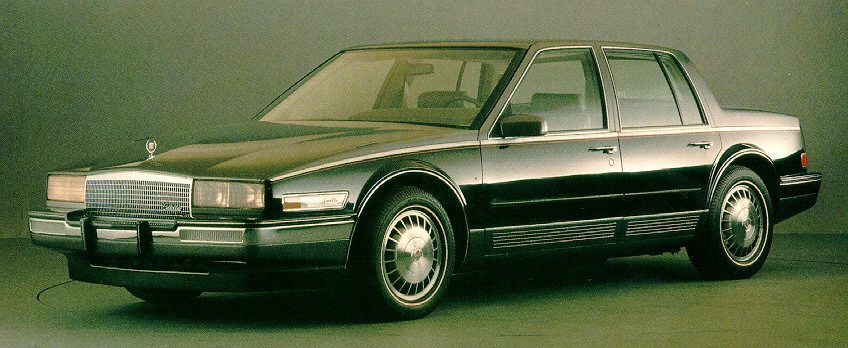
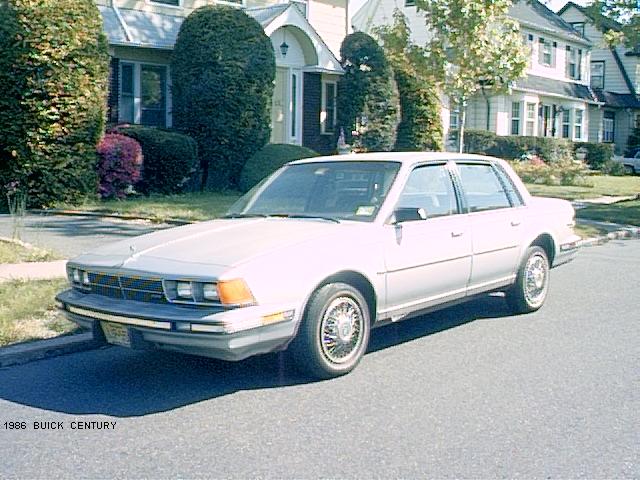
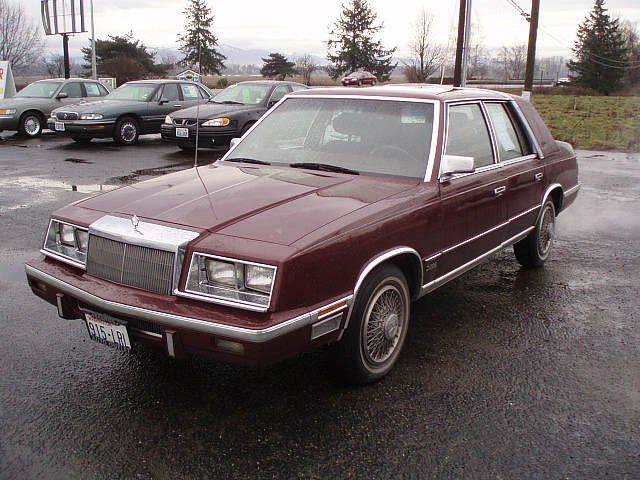
Because there was nothing else like it on the market, and it took everyone else on the market fifteen years to get the formula right to strike back at them at which point it was too late. The turbo engine was still a blatant stopgap solution because Chrysler couldn't get as many V6s from Mitsubishi as they needed.Caravan
... sold tremendously well.
It didn't by any stretch of the imagination.New Yorker
... sold tremendously well.
I'm looking at the brochures for both of them. No it did not.Obviously the E-Class had features that the 600/Caravelle did not.
Chrysler by 1984 whittled their entire lineup except for one car to a single platform with different wheelbase stretches but identical drivetrains and largely shared interiors.Chrysler knew better than to rebadge every car it made, while GM kept badging away.
I'm looking at the brochures for both of them. No there was not.There are noticeable difference in the 600 and the E-Class.
I'm looking at the brochures for both of them. The Cutlass Ciera was a longer, wider and taller car with a larger wheelbase.First off, the CC is a compact car while the E-Class is midsize.
I'm looking at the brochures for both of them. Both of them started off as the kind of cars that drew attention to the fact that they offered things like "cigarette lighters" and "turn signals" as standard equipment.The CC was entry level luxury while the E-Class more luxurious than that.
I'm looking at the brochures for both of them. No it was not and no it did not.While the CC may be cheaper, it's only because it was smaller and had less standard features.
Would that be the facts you're saying which are contrary to the materials Chrysler themselves published in the 1980s to actually sell these cars? Perhaps you can enlighten me how a base level E-Class with no power amenities is any different from a base level 600 with no power amenities.If you are going to argue that 80's Chryslers were just carbon copies of Dodges, at least get your facts right.
People who enjoy driving didn't buy poverty-spec Chrysler K-Cars in the mid-1980s. People who wanted luxury cars certainly didn't buy poverty spec Chrysler K-Cars in the mid-1980s.But manual only isn't a bad thing for people who enjoy driving.
Worth the extra money over what? Considered luxurious compared to what?That's a pretty good interior that's worth the extra money and considered luxurious.

Those are certainly tangible qualities prospective buyers knew about for a brand new model from a brand that just avoided bankruptcy and not at all you just saying the first words that come to mind.



These three cars were quite similarly sized. How come only two of them came with a 2.5L four cylinder, when all three were made by companies who had 2.5L four cylinders available to use?
Because there was nothing else like it on the market, and it took everyone else on the market fifteen years to get the formula right to strike back at them at which point it was too late.
It didn't by any stretch of the imagination.
I'm looking at the brochures for both of them. No it did not.
Chrysler by 1984 whittled their entire lineup except for one car to a single platform with different wheelbase stretches but identical drivetrains and largely shared interiors.
GM by 1984 still had five different brands that had five different engineering departments that would produce five cars that looked similar from the outside but could be powered by completely different motors with completely different handling characteristics and market positions with completely different interiors.
I'm looking at the brochures for both of them. No there was not.
I'm looking at the brochures for both of them. The Cutlass Ciera was a longer, wider and taller car with a larger wheelbase.
I'm looking at the brochures for both of them. Both of them started off as the kind of cars that drew attention to the fact that they offered things like "cigarette lighters" and "turn signals" as standard equipment.
They could certainly both be optioned up into pretend luxury land, but the Cutlass Ciera could be had with a big V6 in 1983 (and if you bought a Buick Century instead, a leather interior) and the E-Class instead could be had with a bigger 4 cylinder that made the same horsepower and less torque than the Oldsmobile's standard engine.
In 1984 the E-Class got a turbo option, which probably would have been fantastic (not really, but I'll play along) if the Cutlass Ciera couldn't newly be had with the big boy 3.8 Buick engine (and again, if you bought a Buick Century instead, a leather interior) that stomped all over it in torque and didn't have to deal with a turbocharger with a mechanical wastegate.
I'm looking at the brochures for both of them. No it was not and no it did not.
Would that be the facts you're saying which are contrary to the materials Chrysler themselves published in the 1980s to actually sell these cars? Perhaps you can enlighten me how a base level E-Class with no power amenities is any different from a base level 600 with no power amenities.
In fact, here. Dodge 600. Chrysler E-Class. Oldsmobile Cutlass Ciera. Buick Century.
Show me how this Chrysler luxury car wasn't just a barely tarted up entry level Dodge that couldn't even compete with the mid-level GM cars that debuted first.
People who enjoy driving didn't buy poverty-spec Chrysler K-Cars in the mid-1980s. People who wanted luxury cars certainly didn't buy poverty spec Chrysler K-Cars in the mid-1980s.
Enjoying this debate. Entertaining to watch a debate between the Cimmeron and K cars
Who remembers the Vibe? Weird for a GM-Toyota partnership. It also created the Corolla "Geo Prizm". Didn't sell well because even though it's a Corolla, it doesn't say Corolla.
View attachment 523261View attachment 523262

Forgot to mention that. Once Geo was (thankfully) dissolved they became a Chevrolet. The joint was called NUMMI.I used to see the Prizm everywhere and still see a few on the road (They really only sold poorly once they were badged as Chevrolet's. I can't recall the last time I've seen either a Vibe or Matrix though and actually forgot they existed until your post.
Yeah my Aunt came over the other day and I forgot she had one. It's pretty slow and there was no effort in the design process. So many shared parts.1990's Diesel Half ton GM trucks. Forgot about those until I saw one pop up on the Classifieds couple days ago.
Also, one of my aunts owned a Vibe. That thing was junk.
An all wheel drive Vibe GT is far from junk, but I have nit heard generally good stuff about the normal Vibe.1990's Diesel Half ton GM trucks. Forgot about those until I saw one pop up on the Classifieds couple days ago.
Also, one of my aunts owned a Vibe. That thing was junk.
I was wondering that too. Same as the Aztek. If Saturn wanted to be "the different kind of company" as their slogan went, then the Aztek and Vibe should have been saturns, while Pontiac should get the Vue and LW series.I'm still puzzled as to why it was marketed as a Pontiac when it would have more sense as a Saturn. Than again, this is 2000's GM we're talking about and there is a reason they were on the verge of disappearing.
You look like someone who has no idea about anything regarding Chrysler in the 1980s, nevermind what constitutes a luxury automobile or performance car from the same time period. This is consistent with your comments in other threads. Chrysler did not become the powerhouse you keep acting like they were until they fully absorbed the remains of AMC at the end of the decade.I do not know why the Cadillac didn't get the 2.2L standard. Do I look like I am the former head of GM?
Actually it was because Chrysler didn't have anything else to put in them. This was well known at the time, and was the exact reason Chrysler was so reliant on Mitsubishi over the decade. They very much wanted a bigger engine range than they had after it was clear they committed too strongly to downsizing.Because Chrysler knew that buyers could care less about the engine.
Fuel economy was so important that CAFE restrictions had been loosened and GM had to scramble and reintroduce their full size cars after discontinuing most of them and every attempt they made to downsize cars after 1980 was met with scorn. Fuel economy was so important that after spending the middle part of the decade tinkering with downsized turbo engines, all three American companies almost completely abandoned them by the end of the decade in favor of large capacity V6 engines.Fuel economy was most important.
So a 92 horsepower engine is sufficient as the uplevel option for a "luxury" car when competing brands with similar options have significantly more powerful engines?These were not performance cars.
The Astro was a rear wheel drive body on frame van built off of a hodgepodge of S10 and Caprice internals. It was a much heavier, much more trucklike van with less space despite very similar dimensions. It eventually found great success for people who wanted full sized vans but not so much the cost of using one, and it probably pulled people away from the Caravan anyway when the Caravan was still hopelessly underpowered in top spec, but as a straight Caravan competitor it was hopeless.Two years after the Caravan's debut came the Chevy Astro. GM failed.
Considering they arrived two years later with a product that wasn't quite as good as Chrysler's and twice extended production past its original discontinue date after backlash, hard to call it a failure. Nonetheless, none of those sales came out of Chrysler since the Caravan family was always limited by the plant capacity.A year later came the Ford Aerostar. Ford failed.
And the Lumina APV was a more expensive, extremely controversially styled minivan that was substantially larger and heavier but once again had less space inside. Of particular note was how it was several inches longer than the Grand Caravan, but sat on a wheelbase several inches shorter than the regular Caravan.Two years after that came the Lumina APV. GM failed yet again.
Certainly not, but the Cimarron was one actually of the closer ones to home. And you mean the J2000, not the 6000.5 GM brands just meant more rebadging. Did there really needto be a Cavalier, a Firenza, a 6000, a Skyhawk, and a Cimarron. The only one that was different from the five was the Cimarron.
So what is the difference between an economy model, a regular model and an upscale model when they all started with largely the same levels of equipment in their base configuration and can be optioned very similarly?The Reliant was the economy model, the Aries was the regular model, and the Lebaron was the upscale model.
It's so obviously shorter that it was 3 inches longer on an inch longer wheelbase. The Cutlass Calais was a smaller car based on the Grand Am platform. The Cutlass Supreme was the holdover car from the 1970s that was 5 meters long and RWD.I think you have the Cutlass Calais or Cutlass Supreme in mind. The Ciera was obviously shorter than the E-Class, and no measurements are needed to figure it out.
That's strange, because I'm still not seeing anything in Chrysler's actual product brochures that indicates you couldn't option a 600 nearly identically to an E-Class.That's the whole point of base cars. They are supposed to be very cheap and not have much to offer. A fully optioned E-Class would be more luxurious than a fully optioned 600.
Strange you're calling my facts into question since I specifically talked about the turbocharged engine that was new for the 1984 E-Series.Again, get those facts right. E-Class was continued after '83.
That's a pretty damn weird thing to say. If buyers back then couldn't care less about power output Chrysler wouldn't have bothered with turbochargers at all.And buyers would still choose a 2.2 over a Buick 3.8, buyers back thencould care less about power output.
I do understand that. I also understand that by the midway point of the 1980s people who were buying luxury cars didn't give a flying flip about fuel efficiency; and people who were buying luxury cars never liked having to share their entire drivetrain packages with econoboxes that happen to be some of the cheapest cars on the market.The 2.2 had a highway MPG of 43, there is no way a 3.8L V6 could be that eco-efficient. These were not performance cars and you need to understand that.
And they are...?You must be looking at two E-Class brochures. Unless you have a vision problem, you can easily spot differances from the Caravelle and the E-Class.
I provided links to Chrysler's actual product brochures. The years don't match up perfectly, but I'd still like actual examples please.An E-Class was more luxurious than a 600 and Caravelle
I like my car quite a bit indeed. It wasn't remotely the revelation the 1992 model was, and the Oldsmobile Aurora deflated its launch a bit even if the E39 5-Series hadn't instantly made it irrelevant, but it was a very nice car at a time where GM wasn't making a lot of those.Since you own a Cadillac I will assume that you have a GM bias, and that isfine.
It seems like you are just berating the E-Class because you don't like Mopars.
Saturn wouldn't have taken it and Toyota probably wouldn't have allowed it anyway.I'm still puzzled as to why it was marketed as a Pontiac when it would have more sense as a Saturn. Than again, this is 2000's GM we're talking about and there is a reason they were on the verge of disappearing.
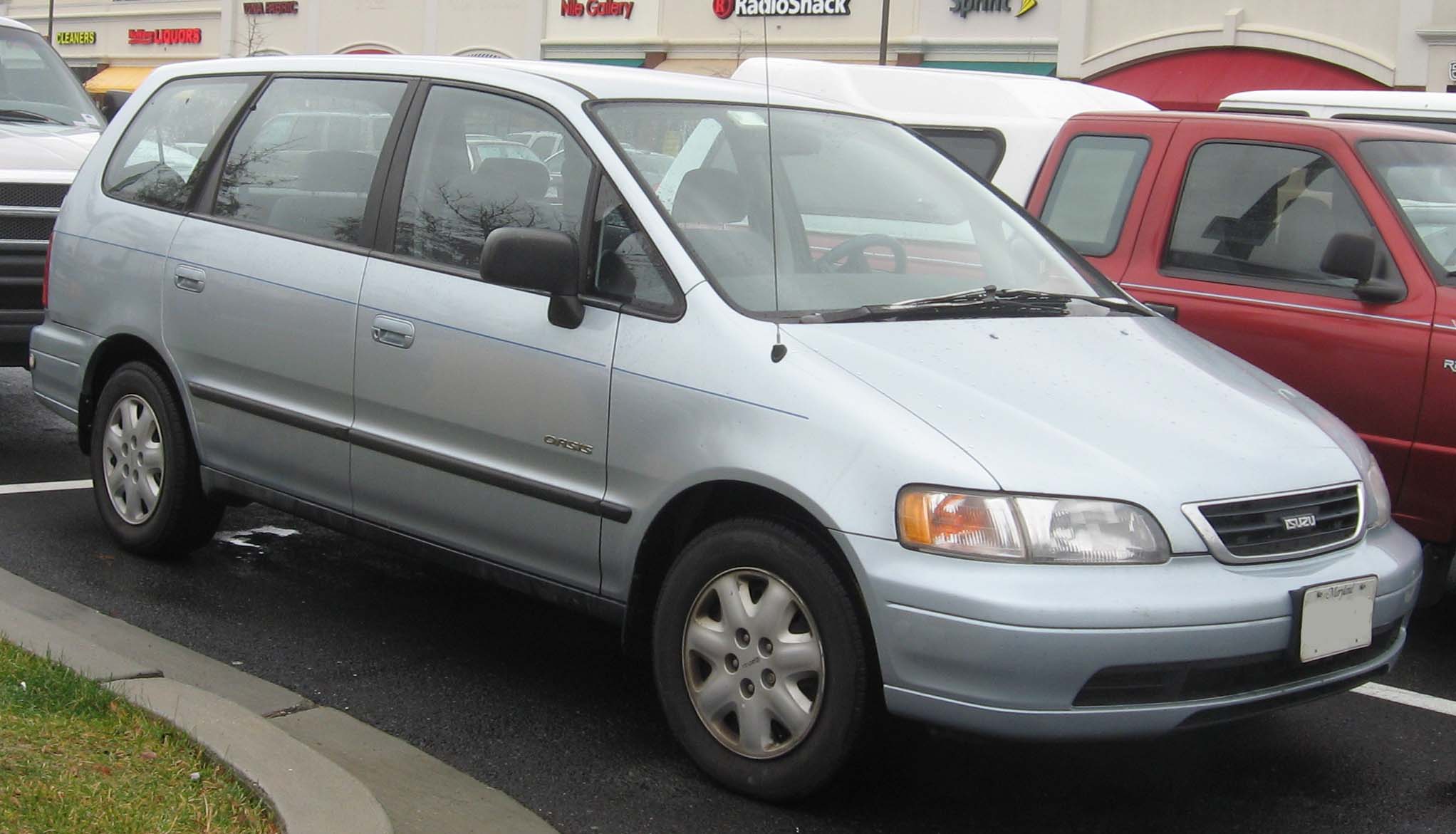
A lot of badge engineered cars are often forgotten. Can't remember seeing an Isuzu Oasis.

Did you just say that I know nothing about Chrysler in the 80's. Have you ever read any of my posts? I actually take offense to that comment, and if you want, I can write a 500 page encyclopedia about the history of Chrysler in the 80's and 90's without using the computer for facts. So don't even go there.You look like someone who has no idea about anything regarding Chrysler in the 1980s, nevermind what constitutes a luxury automobile or performance car from the same time period. This is consistent with your comments in other threads. Chrysler did not become the powerhouse you keep acting like they were until they fully absorbed the remains of AMC at the end of the decade.
But the answer is because full blown actual real luxury cars (which that generation of Seville was hopeless against competing with itself) don't come with engines, transmissions and bits of interior straight out of airport rental hatchbacks. Full blown actual real luxury cars are not fleet queen skinflint family cars with fake wood, power windows and whorehouse red seats optioned on them.
Actually it was because Chrysler didn't have anything else to put in them. This was well known at the time, and was the exact reason Chrysler was so reliant on Mitsubishi over the decade. They very much wanted a bigger engine range than they had after it was clear they committed too strongly to downsizing.
Fuel economy was so important that CAFE restrictions had been loosened and GM had to scramble and reintroduce their full size cars after discontinuing most of them and every attempt they made to downsize cars after 1980 was met with scorn. Fuel economy was so important that after spending the middle part of the decade tinkering with downsized turbo engines, all three American companies almost completely abandoned them by the end of the decade in favor of large capacity V6 engines.
So a 92 horsepower engine is sufficient as the uplevel option for a "luxury" car when competing brands with similar options have significantly more powerful engines?
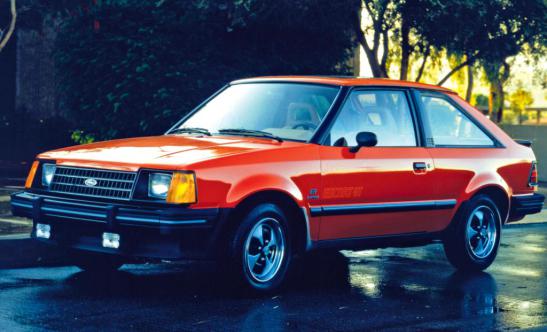
 Was good fun when it ran
Was good fun when it ran  Was also cool to compare with my car at the time.
Was also cool to compare with my car at the time.
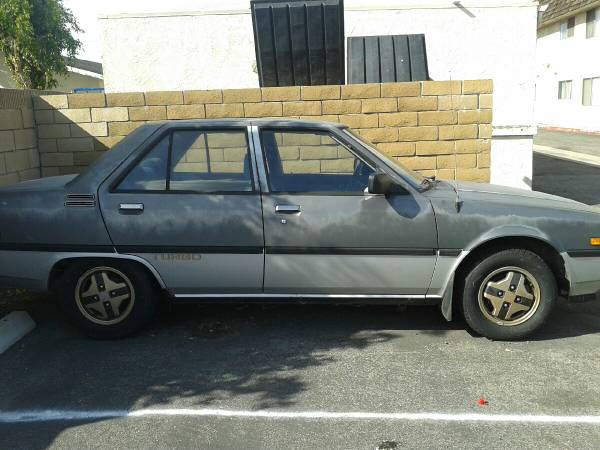
 Haven't seen either of these around in forever.
Haven't seen either of these around in forever.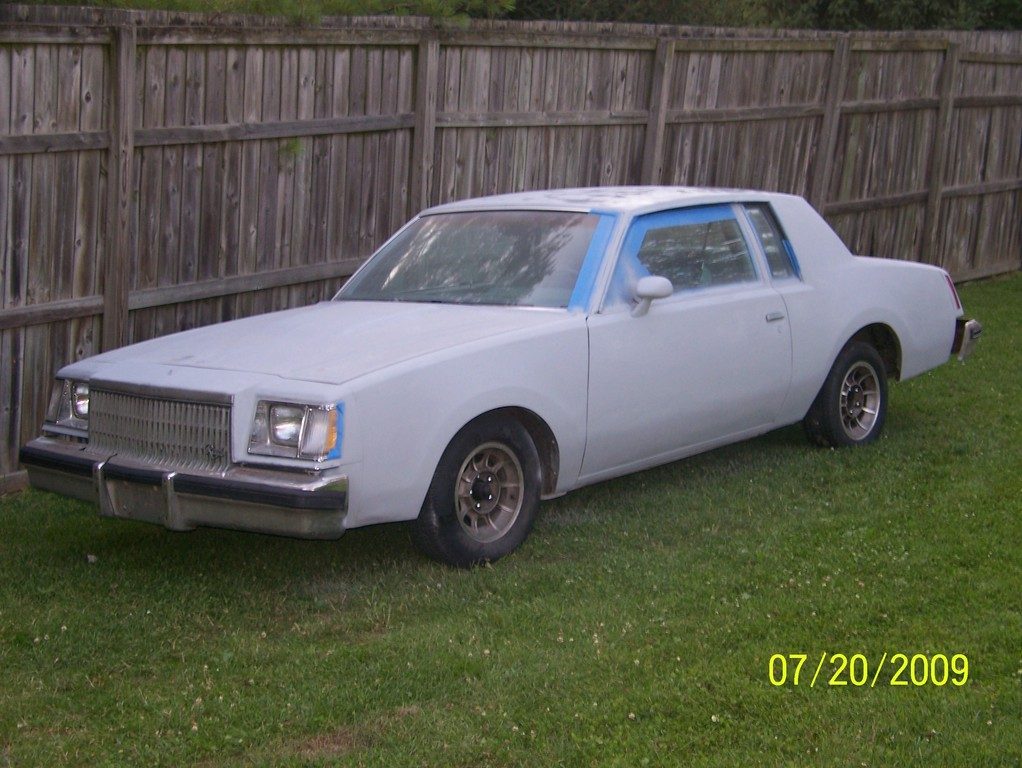

(citations required)Did you just say that I know nothing about Chrysler in the 80's. Have you ever read any of my posts? I actually take offense to that comment, and if you want, I can write a 500 page encyclopedia about the history of Chrysler in the 80's and 90's without using the computer for facts. So don't even go there.
Chrysler was a powerhouse in the 80's. Not every model sold incredible, but a large number did.
The Seville was a performance luxury car, the E-Class was not, so what do you expect? Of course the Seville would have a V6.
92 horsepower would definitely suffice for a luxury car. Your Cadillac Cimarron received less than that standard.
If the Lumina APV has higher build quality than the Caravan (which it most certainly does not) then explain why it sold miserably while the Caravan was a success. Go right ahead.
Again, correct your facts. The Cutlass Supreme was not from the 70's nor was it FR, it was a late 80's and 90's FF sports coupe, and it is longer than both the CC and E-Class.
Everyone knows that turbocharging a small engine is good for the environment.
America was in a fuel crisis. So of course people cared about economy, whether they bought a compact car, a luxury car, or even a truck.
Here is a list of differences from the 600/Caravelle and the E-Class
E-Class received different colored hubcaps, different color options, and a side molding.
E-Class had a more luxurious interior and exterior (but not standard, you'd need to add options)
E-Class received more standard features.
You'd better watch what you say. I probably know more about 80's American cars more than almost everyone on GTPlanet. Sure I don't know everything (even about Mopars). Clearly you know more about GM than I do, but clearly I know more about Mopar than you.
In fact, there is not much to know about the E-Class at all. It is not easy to find detailed information on the car, and it did not sell well. If you know everything about the Dodge 600, then you know almost evrything about the Chrysler E-Class.